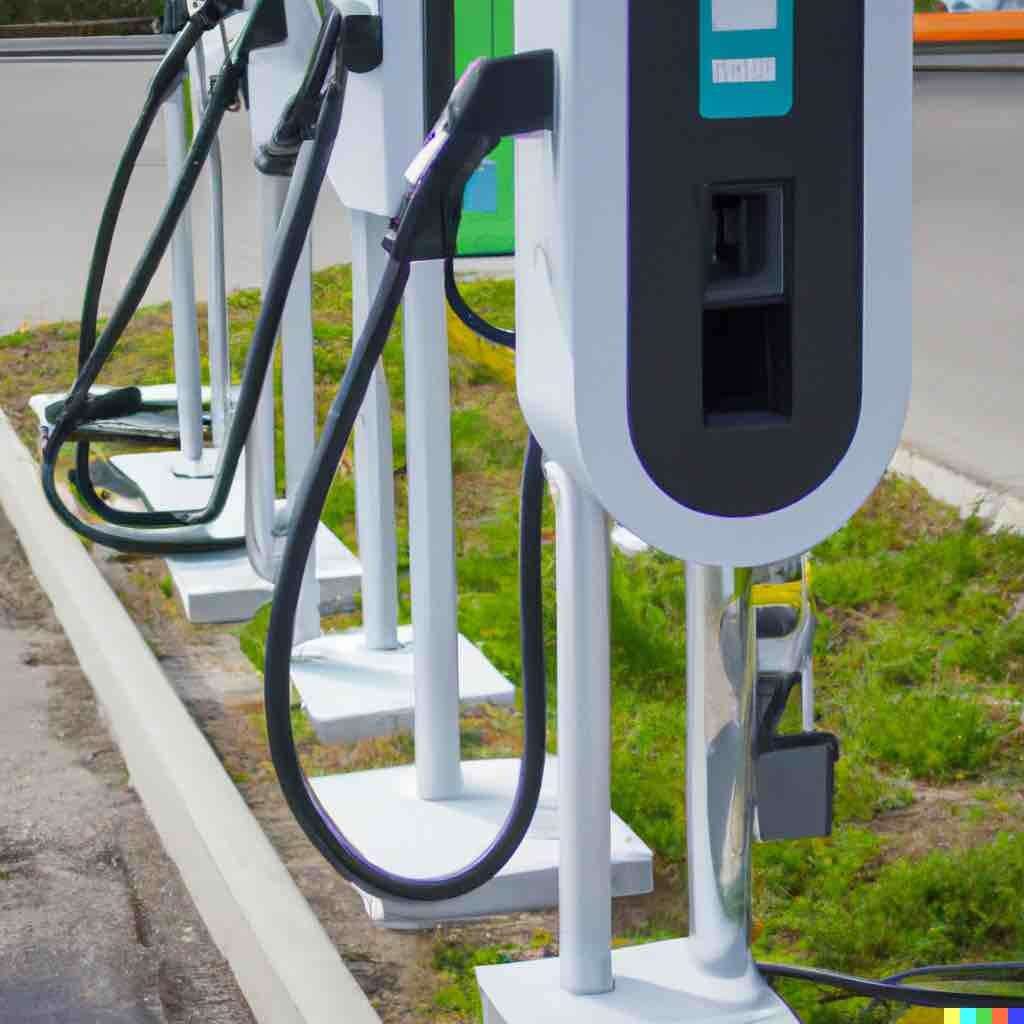For Real Impact, Focus On Optimising The Urban Charging Experience
The shift towards electric vehicles (EVs) is a crucial component of the transition to a sustainable future. As cities aim to reduce their carbon footprint, many are turning towards EVs as an alternative to traditional combustion engines. However, the success of this transition depends heavily on the availability of reliable and efficient charging infrastructure.
While the installation of charging stations in urban areas has been increasing, the charging experience itself can be challenging for drivers. From the location of the charging station to the ease of use of the charging process, there are several factors that can impact the overall charging experience. To maximize the impact of EV adoption, it is essential to focus on optimizing the urban charging experience.
One of the most critical factors impacting the urban charging experience is the location of charging stations. In urban areas, parking is often a scarce resource, making it essential to place charging stations in convenient locations. EV drivers need to be able to find charging stations easily and access them without having to drive around for extended periods or park far away from their destination.
For optimal placement, charging stations should be located in areas that are easy to access and frequently visited. High-traffic areas like shopping centers, office buildings, and public parking garages are ideal locations for charging stations. Placing charging stations in these areas can also help to reduce range anxiety, as drivers will know that they can quickly charge their vehicles while they go about their daily activities.
Another important factor in optimizing the urban charging experience is the speed and ease of use of the charging process. Unlike traditional gas stations, charging an EV can take anywhere from 30 minutes to several hours. Therefore, it is essential to make the charging process as efficient and straightforward as possible to encourage widespread adoption of EVs.

One way to optimize the charging process is to ensure that charging stations are easy to use and accessible. Many charging stations require a subscription or an app to access, which can be a barrier for some drivers. Additionally, charging stations should be easy to operate, with clear instructions and a user-friendly interface.
Another way to improve the charging experience is to offer faster charging options. Level 3 or DC fast chargers can charge an EV in as little as 30 minutes, making them a more convenient option for drivers who need to quickly top up their vehicle’s battery. While these charging stations can be more expensive to install, they can also help to reduce the time drivers spend waiting for their vehicles to charge, making the overall charging experience more efficient.
The design and layout of charging stations can also impact the overall charging experience. Charging stations should be well-lit and clearly marked to make them easy to find. Additionally, charging stations should be designed to accommodate a range of vehicle sizes and types, including larger SUVs and trucks.
Finally, it is essential to consider the cost of charging when optimizing the urban charging experience. EV drivers should have access to affordable charging options to encourage the widespread adoption of EVs. Public charging stations should be priced competitively with gasoline, or even cheaper, to incentivize drivers to switch to electric.
To reduce the cost of charging, some cities have implemented incentive programs for installing charging stations, such as tax credits or subsidies. Additionally, cities can work with private companies to offer free or discounted charging for EV drivers, similar to how some companies offer free parking for EVs.
In conclusion, optimizing the urban charging experience is essential for the widespread adoption of EVs. By focusing on the location, speed, ease of use, design, and cost of charging, cities can create a more convenient and efficient charging experience for drivers. This, in turn, can help to reduce range anxiety and encourage more people to switch to electric vehicles, leading to a more sustainable future.




